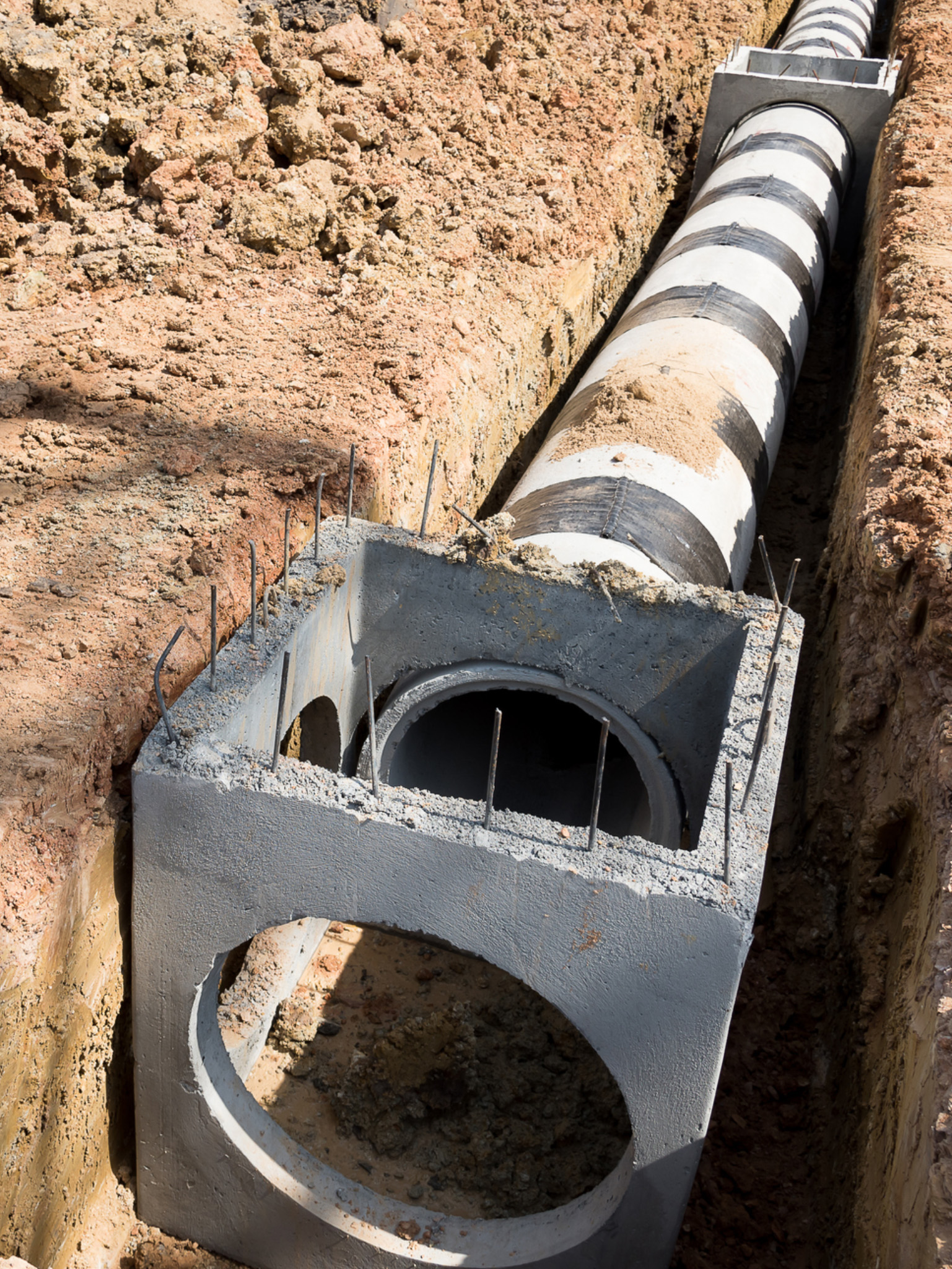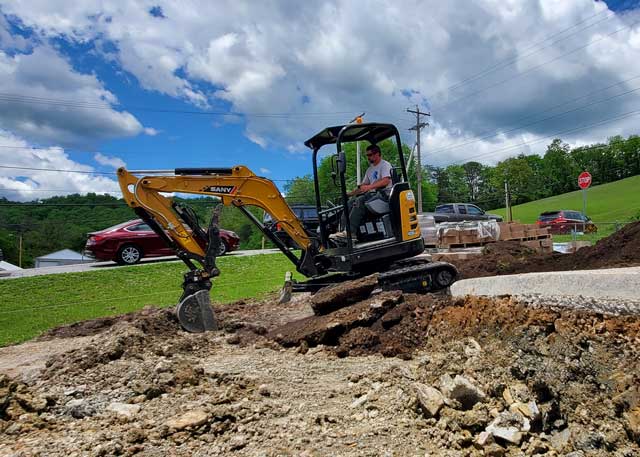Inexpensive Lancaster Excavation - Quality Excavation at Competitive Costs
Inexpensive Lancaster Excavation - Quality Excavation at Competitive Costs
Blog Article
Unveiling the Art of Excavation: Pro Tips for Safe and Efficient Digging
As dirt is turned and planet is moved, the details of excavation expose themselves, requiring a keen understanding of equipment, dirt composition, safety and security protocols, and ecological considerations. The expertise required to browse these aspects properly can imply the difference between a successful excavation job and a potential catastrophe.
Importance of Appropriate Equipment
To make sure the safety and effectiveness of any kind of excavation job, making use of the suitable tools is critical. The right tools not just enhance performance but additionally mitigate dangers connected with excavating. Excavation jobs vary in range and intricacy, varying from little residential landscaping tasks to large building and construction undertakings. Regardless of the task size, having the proper equipment can make a significant difference in the outcome.
Excavators are basic items of equipment in any kind of excavating procedure. These flexible makers can be found in different sizes to fit different job demands. Small excavators are optimal for smaller jobs, while larger excavators take on more extensive jobs efficiently. Backhoes are one more necessary devices type, combining the features of a loader and an excavator in one equipment. They are useful for tasks requiring versatility and ability to move.
Besides excavators, other essential equipment consists of dump vehicles, trenchers, and bulldozers. Discard trucks are necessary for getting rid of and transporting excavated materials, while trenchers are used for digging narrow and deep trenches. Excavators excel in tasks that require pushing huge quantities of soil or particles. By buying the ideal devices, excavation projects can be completed securely, on schedule, and with accuracy.
Comprehending Soil Composition
A thorough understanding of dirt composition is essential for implementing excavation projects with precision and security. Recognizing the different sorts of dirt is critical as it straight impacts excavation techniques, devices option, and overall task efficiency. Soil make-up generally contains four major parts: sand, silt, clay, and natural matter. Each element has special homes that influence just how dirt reacts to excavation processes.
Silt particles are smaller than sand yet bigger than clay, providing moderate water drainage and communication. Organic matter, such as decaying plant material, influences dirt fertility and stability.
Before starting excavation, performing dirt tests to establish its make-up and features is crucial. This details assists in selecting the appropriate tools, carrying out precaution, and establishing excavation techniques tailored to the details dirt conditions - excavating ohio. By understanding dirt make-up, excavation specialists can improve job results while guaranteeing security and adherence to finest methods
Precaution and Procedures
Comprehending soil composition is the cornerstone upon which precaution and protocols for excavation jobs are built, guaranteeing the wellness of workers and the success of the venture. There are a number of key procedures that must be implemented to minimize threats and protect against accidents. next when it comes to safety and security during excavation.
Firstly, before any excavating begins, a complete evaluation of the website must be performed to identify any potential hazards such as underground energies, unstable dirt problems, or neighboring frameworks that can pose a danger. It is important to have an experienced individual look after the excavation procedure to ensure that all safety protocols are followed purely.
In addition, all workers associated with the excavation must be appropriately educated in safe digging techniques and the appropriate procedure of tools. Personal protective equipment (PPE) such as difficult hats, high exposure apparel, gloves, and safety boots must be put on in all times to minimize the danger of injuries. lancaster excavation. Regular security meetings and toolbox talks ought to additionally be conducted to keep all workers informed regarding prospective dangers and enhance secure job practices. By adhering to these precaution and procedures, excavation jobs can be completed efficiently and without event.
Efficient Excavation Planning
When beginning on an excavation task, precise preparation is crucial to guarantee performance, security, and effective outcomes. Efficient excavation planning entails several crucial steps that are vital for the smooth execution of the job.
As soon as the site evaluation is full, the next step is to develop a clear timeline and schedule for the excavation activities. This consists of determining the sequence of jobs, tools requirements, and workforce allocation. Appropriate organizing helps prevent hold-ups and ensures that the job remains on track.

In addition, communication among all team members is vital throughout the preparation stage. Clear instructions, regular updates, and effective sychronisation are necessary for a successful excavation task. By investing effort and time in precise planning, excavation teams can dramatically improve performance, minimize his comment is here threats, and achieve successful outcomes.

Managing Ecological Factors To Consider
With increasing focus on ecological sustainability in building methods, managing ecological considerations has actually ended up being an important facet of excavation jobs. Excavation activities have the prospective to affect the surrounding setting via dirt erosion, sediment overflow, environment interruption, and contamination of water sources. To alleviate these risks, it is crucial to carry out best methods that prioritize environmental defense.

In addition, correct waste management is essential to stop soil and water contamination. Executing procedures for the disposal of hazardous materials, recycling of waste products, and minimizing making use of harmful chemicals can significantly reduce the environmental impact of excavation tasks. By incorporating these methods right into excavation planning and execution, construction companies can make certain that their tasks are not just risk-free and efficient but also eco liable.
Final Thought
In conclusion, mastering the art of excavation calls for a thorough understanding of correct tools, dirt structure, safety measures, and effective preparation. By complying with these guidelines and taking into consideration ecological elements, excavations can be conducted securely and successfully. It is vital to prioritize security and productivity in every digging task to make sure successful outcomes.
As dirt is turned and earth is relocated, the ins and outs of excavation reveal themselves, requiring a keen understanding of equipment, dirt composition, safety and security protocols, and ecological considerations.To make certain the security and performance of any type of excavation task, utilizing the proper equipment is vital.An extensive understanding of soil structure is basic for performing excavation tasks with precision and security. Recognizing the different kinds of dirt is vital as it directly affects excavation approaches, equipment choice, and total project performance. By recognizing dirt structure, excavation experts can boost project results while making sure safety and security and adherence to best practices.
Report this page